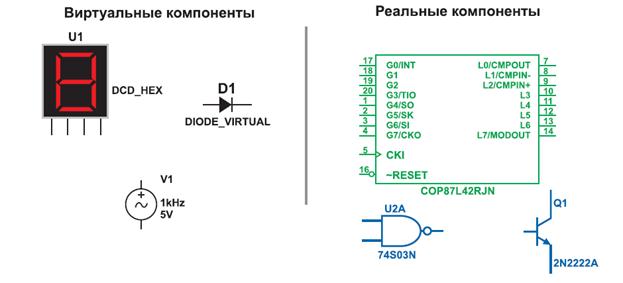II. READING (20 points)
a) Put the following words into the certain gaps. There are two extra words:
BAKELITE The 1) … plastic based on a synthetic polymer was made from phenol and 2) … with the first viable and cheap synthesis methods invented in 1909 by Leo Hendrik Baekeland, a Belgian-born American living in New York State. Baekeland was searching for an insulating shellac to coat wires in electric motors and generators. He found that 3) … of phenol and formaldehyde formed a 4) … mass when mixed together and heated, and the mass became extremely 5) … if allowed to cool. He continued his investigations and found that the material could be mixed with wood flour, asbestos, or slate dust to create "composite" materials with different 6) …. Most of these compositions were strong and fire 7) …. The only problem was that the material tended 8) … during synthesis, and the resulting product was of unacceptable quality. Baekeland built pressure vessels to force out the bubbles and provide a smooth, uniform 9) …. He publicly announced his discovery in 1912, naming it bakelite. It was originally used for electrical and 10) … parts, finally coming into widespread use in consumer goods in the 1920s. When the Bakelite patent expired in 1930, the Catalin Corporation acquired the patent and began manufacturing Catalin plastic using a different process that allowed a wider range of coloring.
b) Define whether these sentences are true (T) or false (F): 1. At first the problem was that bakelite could spume. 2. Baekeland didn’t want to isolate shellac to coat wires in generators. 3. The inventor went on experimenting by adding different materials to get “composite” materials. 4. At last bakelite became widespread in consumer products. 5. The first applications of bakelite were electrical and mechanical parts. 6. When cooled the mass was soft. 7. To get different properties of materials Baekeland mixed bakelite with asbestos, wood flour etc. 8. Some “composite” materials were strong and fire-proof. 9. Catalin Corporation began producing colored plastic using the same process. 10. Baekeland was a native American. Total Score – 40 points
|




